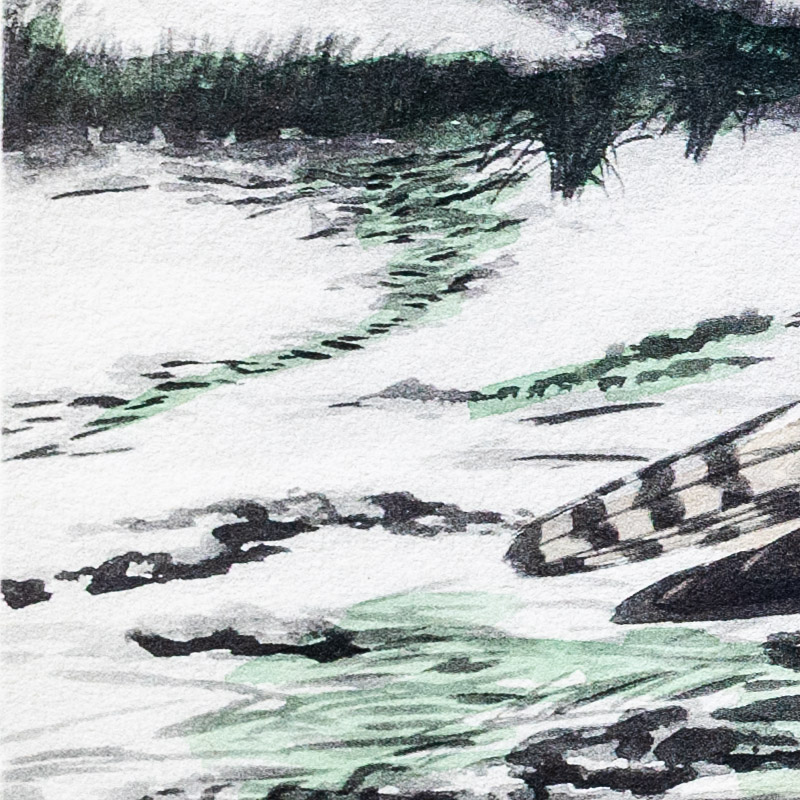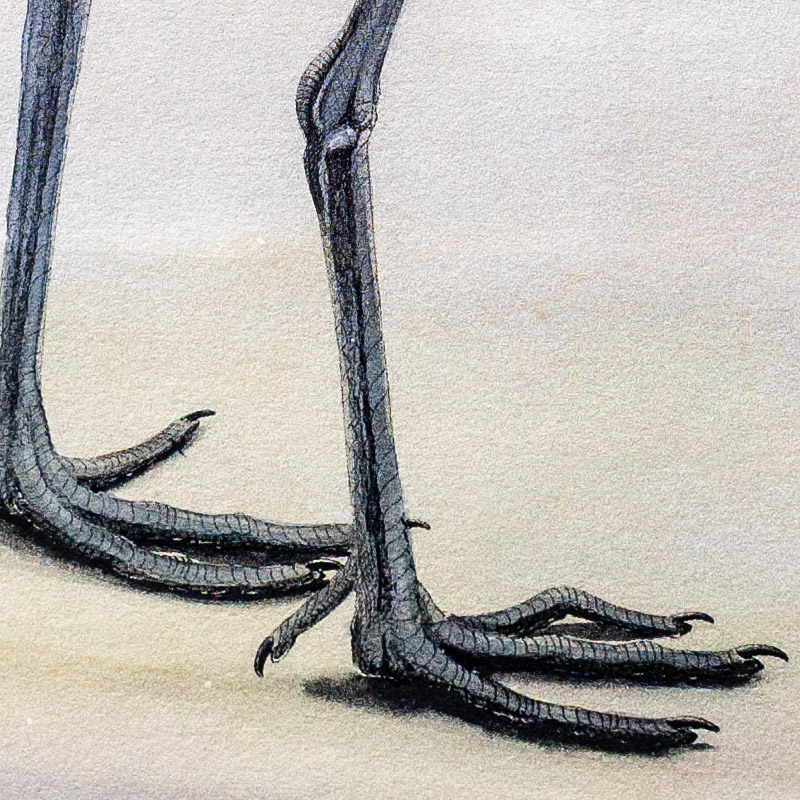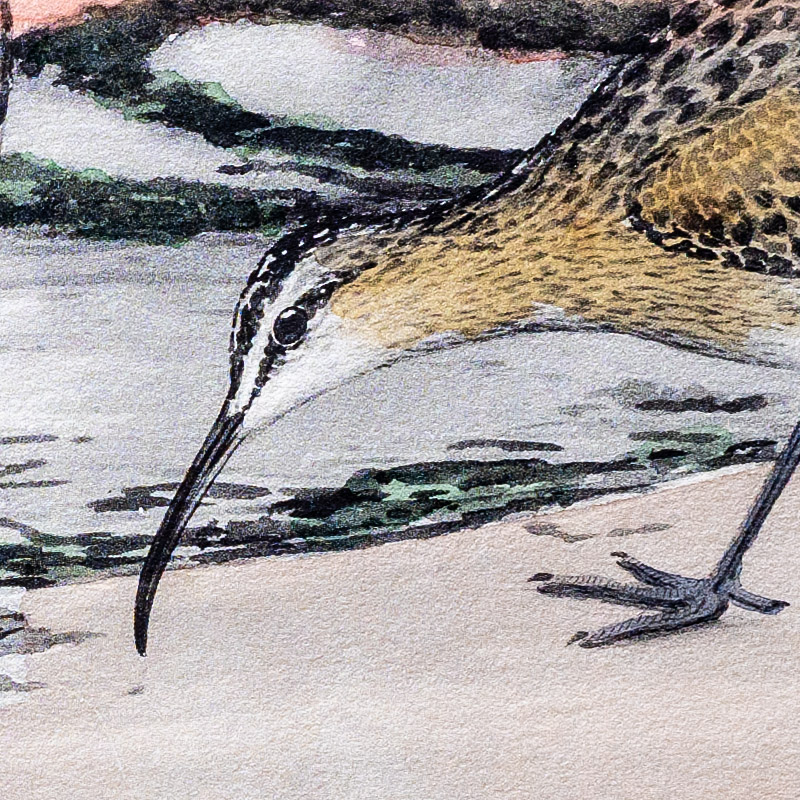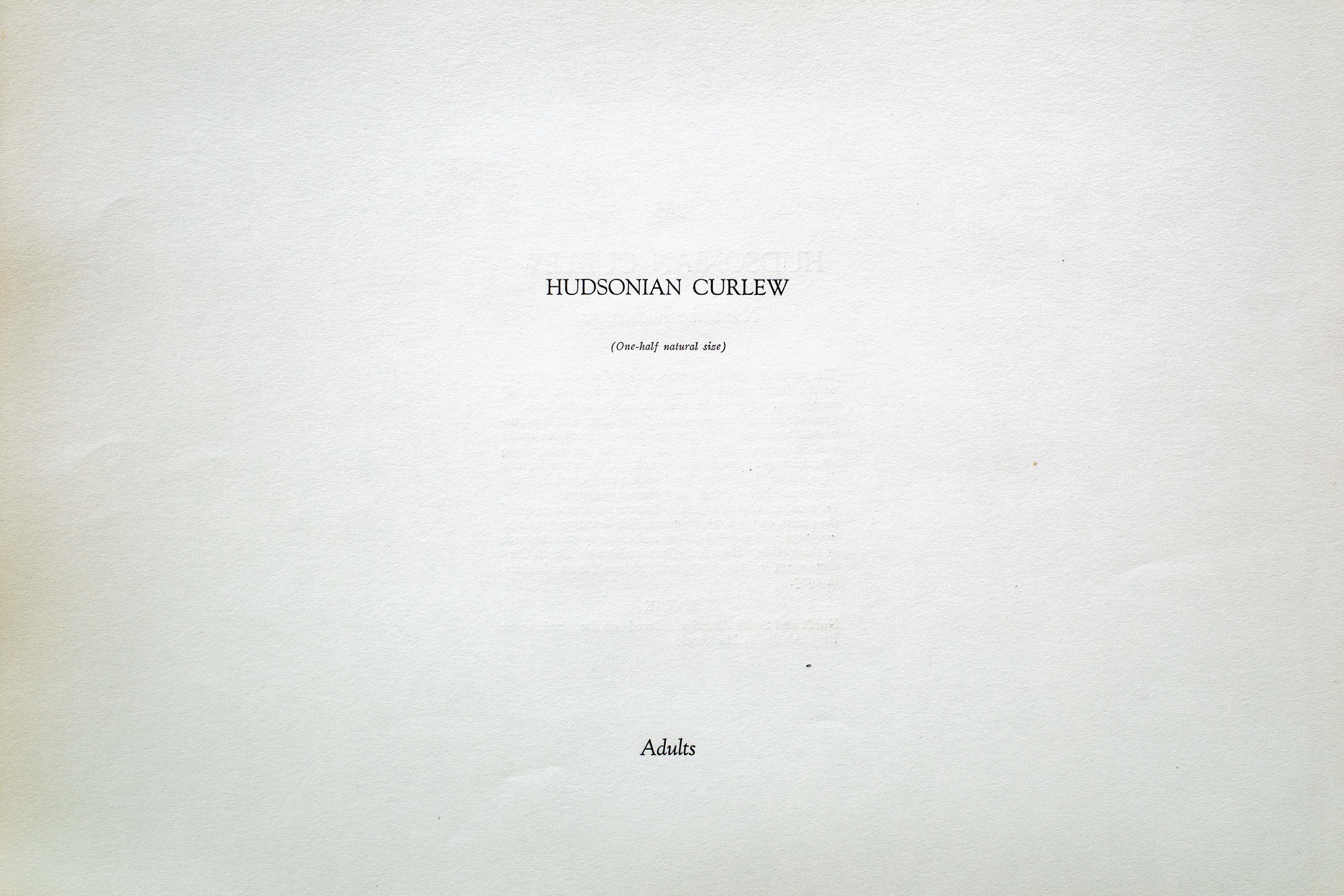






Unknown
1930
4
265
A team of dedicated board members, volunteers, and student interns has published every page in Volume 9. This volume includes 360 images of paintings and lyrical descriptions of birds, now available online for everyone to enjoy anywhere in the world. This is a monumental task. Each volume requires approximately 400 hours to photograph, edit, transcribe, catalog, and publish online. We need your support to complete this work.
If you're tech-savvy, have a good eye, are meticulous with details, and love structured data, please consider volunteering by emailing us at hello@rexbrasher.org.
We encourage all bird lovers and supporters to consider a monetary donation to support our mission to make Rex's work available for everyone. You can provide a one-time or recurring donation online.
The penetrating whistle came clearly but not a glimpse of the birds could I see. At last, thru the "blind" bushes, far off over the sand dunes, I saw the flock.
I answered and waited — would they hear and head toward the decoys? Yes, there they came but the outfit was suspicious — they suddenly put the set wings into vibration and went on southward. But on momentous days a lone "Jack" was lured within range and its form duly made into a "skin" and properly tagged.
HUDSONIAN CURLEWS are by far the most numerous of the genus, owing to their inaccessible breeding grounds, wariness and general all-around capacity to take care of themselves. Bent found hundreds on the South Carolina coast in May, 1915, and Job saw thousands there in 1905.
North and South America. Breeds on the Arctic coast from Alaska to Mackenzie.